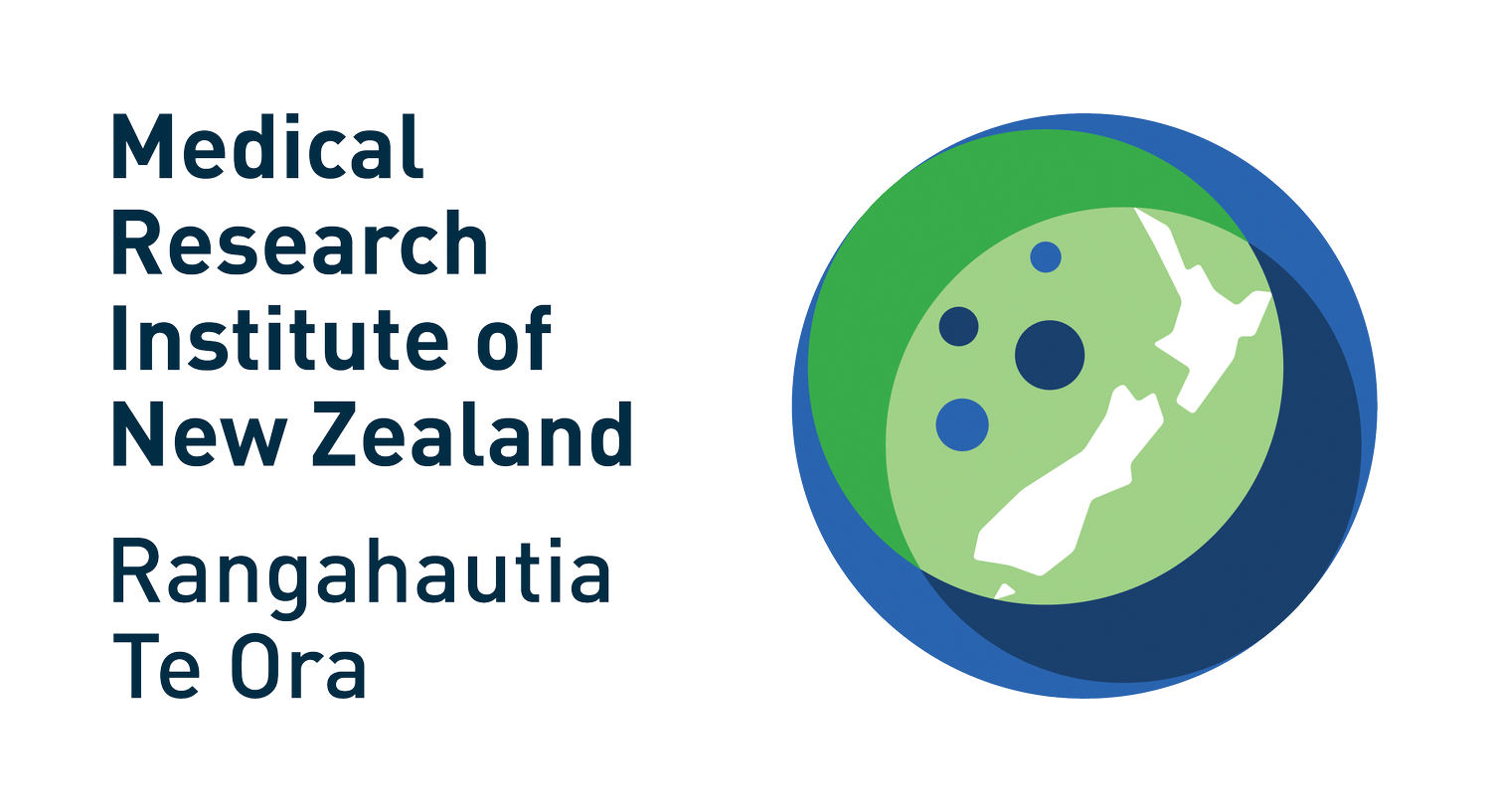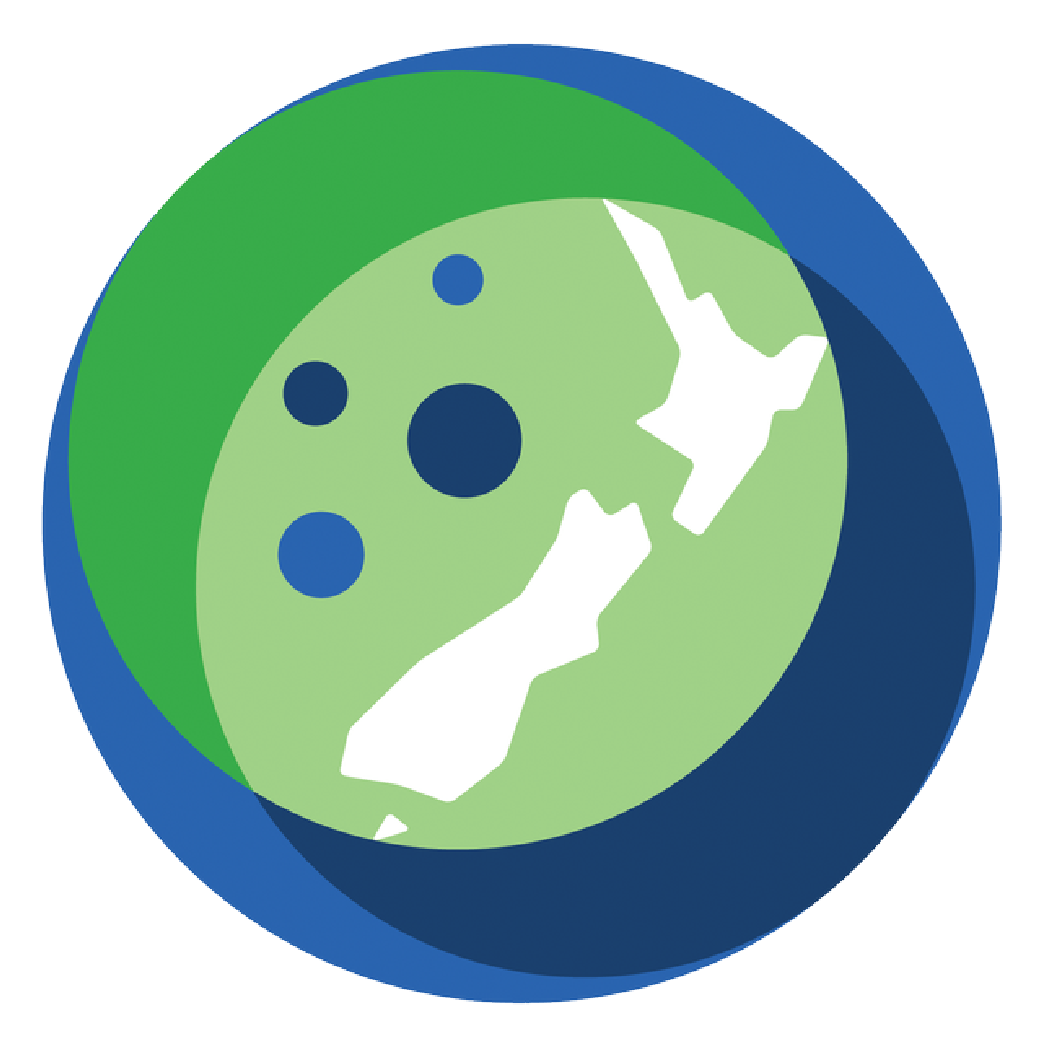Motivation is more important than physical therapy in stroke rehabilitation.
The editorial, ‘A cohesive, person-centric evidence-based model for successful rehabilitation after stroke and other disabling conditions’, published this week in Clinical Rehabilitation, argues the need for rehabilitation medicine to move away from its standard physical therapy by incorporating a patient-centred model informed by individual circumstances and motivations.
More than 8,000 people survive a stroke in Aotearoa New Zealand every year, and only 10% of those say they are ‘fully recovered’ after three months.
Receiving extensive therapy from physical therapists trained in stroke rehabilitation may seem like the obvious path to recovery—in fact, the Australasian Stroke Rehabilitation Guideline strongly recommends ‘as much therapy as possible’.
However, in a provocative editorial, Dr Harry McNaughton—Stroke/Rehabilitation Research Programme lead at the MRINZ—and colleagues argue that there is limited evidence supporting the efficacy of large amounts of physical therapy. For example, in a randomised trial of over 2,000 participants, an Australian research team showed that earlier and more frequent mobilisation in hospital resulted in greater harm when compared to ‘usual therapy’.
Dr McNaughton and colleagues argue that the most important part of rehabilitation is to put the individual first. Despite rehabilitation clinicians being aware of the importance of this personal motivation, previous attempts at promoting it using external encouragement have failed.
Dr McNaughton says:
“The current recommendations for a specific ‘dose’ of rehabilitation therapy or simply ‘more therapy’ are wrong and should be changed. In the editorial we provide evidence that the two most important components of successful rehabilitation are engaging with the whole person, not just their ‘damaged part’, and improving motivation. The good news is that now we have a simple tool—‘Take Charge’—that helps people with stroke and other conditions motivate themselves.”
Take Charge is a patient-centred rehabilitation approach involving simple images and prompts. It focuses on an individual’s thoughts, goals and support network, rather than being directed and overly influenced by health professionals. Using this approach, patients feel in control of their recovery and are encouraged to think positively about their future.
Using the Take Charge approach for stroke rehabilitation in conjunction with standard therapy, two large studies led by the MRINZ involving a total of 572 Māori, Pacific and Pākehā individuals post-stroke, found that there was significant improvement in health-related quality of life and independence after 12 months.
Applicable to not just stroke and able to be used alongside conventional therapy, the Take Charge approach returns the focus of rehabilitation to the patient and their individual circumstances. Take Charge is also cost-efficient, as it is free and accessible online for both clinicians and individuals.
Dr McNaughton says:
“People with stroke, not health professionals, know best what works for them. We – the health professionals – need to learn to properly listen to them and Take Charge can help that happen.”
Take Charge is available free to download at www.mrinz.ac.nz/programmes/stroke. It is currently available in five languages. The tool has also been adapted for people with conditions other than stroke.

